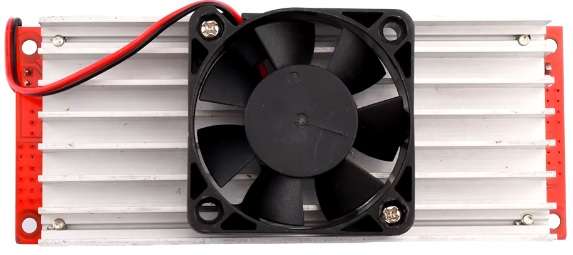Our Popular post this month has been Solar without a charge controller.
So as its popular, then maybe a very fast and simple as well as low cost solution is what you want?
Understanding how the solar panel works and a bit about energy, Switchmode power supplies, buck and boost converters…. Humm that’s probably not within everyone’s remit… Lets try this instead.
Solar power from panels usually comes in a few voltage ranges, you are likely to have unmatched voltages, say for example a 37v panels and a 12 volt battery, so you need to buck off some volts to get the panel to 12v. I said buck off, as horses buck to get rid of the rider or other problems, so hopefully that makes sense to people now I had to explain that?
Boost brings the voltage up, so what we are trying to do is voltage match, but any charger needs to have higher voltage than a battery. ( because voltage flows down)
There is “the conservation of energy” which applies to Ohms law, so if we have to make or take volts, this will change the current (amps), but the power stays the same, as in Watts.
12v 2 amps is 24w, 24v 1 amps is 24w. so you can see the watts are the same, but you will get losses converting things to something else.
Ohms law as a video.
Why is this important?
So with any controller or power you will have to work within limits and knowing them is important of things catch fire.
let me give you an example.
We have a 38volt solar panel that has 8.2 amps peak power.
So we know that we have to total power of 315.4watts (38*8.2)
But our hardware ( controller) must have three factors. Handle the voltage, handle the current and handle the power.
The power part differs in that watts can be heat and therefore we need cooling. The more resistance (hard work) the more heat is made, so you wont have 315watts of heat, but you may want to think about that. This is why there are heatsinks and fans and a big load of math’s to calculate the surface areas and coefficients. Hardware also has temperature limits.
So you should have a basic understanding of what’s demanded, we can move to “power factoring” and this is not the new resistive and inductive power alignment with AC. but the DC factors.
Going back to our example, we will set the panel to charge a 12v battery.
So 38/12 = 3.16
Therefore the current output is going to be 3.16 times greater. ( lower voltage higher amps)
This means that the peak current output will be 8.2*3.16 =25.3 amps
As you can see if you have a 8 amp expectation, a ten amp fuse and a 13 amp cable, you are going to run into problems quickly. If this has to be explained to you then DIY is not for you.

300W 20amp Buck.
You may have seen one of these in our videos of a basic solar set up. It had a fan across the top heatsinks to keep it running cool. But these can be simple to use to drop panel voltage to a battery voltage; you need a little more than just one of these. ( we do kits in the shop)
The kits we do are pretty handy and affordable as most of the people reading this just want to “test” out solar or have a little project that they would like to do. remember small projects with small batteries need a low current while charging, the kits come with current limiter ( adjustable) as well as the adjustable voltage.
Kits include the basics that you will need for this to work.
Buck.
Fuse.
Fan.
Diode.
Volt and ammeter.

1600W 40a boost
The boost function work a little different in that it allows you to use a low voltage system to charge high voltage batteries or run higher voltage devices. In turn for the higher voltage you do lose current.
ideally this is better suited for 50v solar panels. where you want to transmit power over some distance, or need to charge higher voltage batteries that the 38v panels or even lower 18v panels to charge a 24v battery.
Lets have a look at an example.
38v solar panel, charging 48v battery (51.6v) factor 1.357
This results peak current output is 5.89 amps.
We can add parallel panels up to 40 amps, so we could have 4 solar panels giving us 32.8 amps input and a output of 24.17 amps (1,247 watts).
Quite commonly asked, can I used a 38volt solar panel to charge a 48v battery?
Yes you can by using a boost. this is a large boost, and we do have smaller ones.
Is is better to buck or boost?
Buck I would say, but it depends on what current you want on each side of the converter.
Voltage or Current?

No responses yet